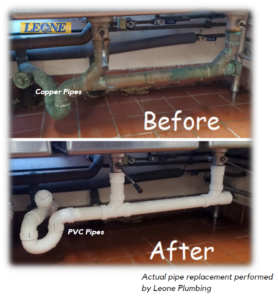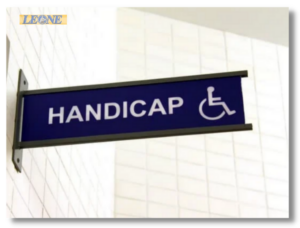
One way to create a healthy community is by being inclusive to all individuals, especially to people with disabilities (PWD). It’s good to know that there are
ADA Accessibility Guidelines (ADAAG) that help in creating inclusive facilities for the handicapped. This guideline sets the standard for establishments to comply with technical requirements that aid the needs of individuals with disabilities. An ADA-compliant establishment provides safe and accessible facilities such as restrooms for PWD.
What Is An ADA-Compliant Restroom?
The standards set by ADA apply to both public and employee restrooms. An ADA-compliant restroom contains features that are stated by the ADA Accessibility Guidelines. The ADA guidelines are set up for the needs and well-being of PWDs. Here are some of the key features of an ADA-compliant restroom.
Sink Areas
Everybody needs full access to sinks for washing and hygienic purposes. However, a PWD can become prone to accidents if a sink is too low or too high. According to the ADA Accessibility Guidelines, a sink should have a knee and toe clearance of 27 inches high. To provide enough mobility, it should also be between 11 and 25 inches deep.
Faucets and Operable Parts
Toilet fixtures such as faucet controls, soap dispensers, and other components that require manual operation should be designed for one-hand use. It should be easy to grasp and not too tight when operated. It is recommended to install motion-activated or touch-free faucets and dispensers which are convenient not only for PWDs but also for other users.
Grab Bars
An ADA-compliant restroom should have grab bars that are mounted on the walls beside and behind the water closet. Grab bars can have circular or non-circular cross-sections but must have rounded edges. The 1½ inches clearance between the grab bar and wall is not a minimum but an absolute dimension to prevent entrapment. Grab bars cannot rotate within fittings. The structural strength of grab bars must withstand a vertical or horizontal force of 250 lbs. at any point on the grab bar, fastener, mounting device, or supporting structure.
Toilet Paper Dispensers
An ADA-compliant restroom should have toilet paper dispensers that are within reach of the water closet. It must allow continuous paper flow and cannot control delivery.
Stalls
According to the ADA toilet requirements, toilets and urinals both need to be at least 56 inches deep for wall-hung toilets and at least 59 inches deep for floor-mounted toilets. Measuring from the right angle of the sidewall, the width must be at least 60 inches.
Doors
To comply with the ADA requirements, doors should be easily opened with a single hand. Maneuvering clearance is required at doors based on the approach and swing.
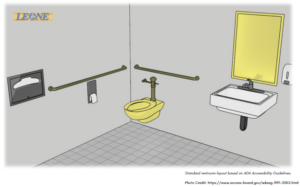
Does Your Restroom Comply With The ADA Guidelines?
You need to ensure that your restroom provides comfort, accessibility, and safety for the handicapped. That is what the ADA guidelines are all about. If you need assistance with upgrading your restroom to be ADA-compliant,
contact us and we are here to help.
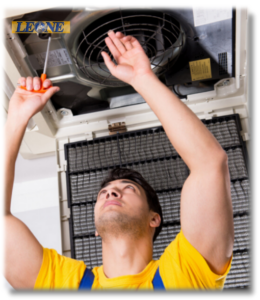 Having a malfunctioning AC can be stressful and can turn into a major headache! But that’s not the case all the time. A simple DIY solution can save you time and money. Before contacting an HVAC repair service, there are things that you need to look at on your air conditioner.
Having a malfunctioning AC can be stressful and can turn into a major headache! But that’s not the case all the time. A simple DIY solution can save you time and money. Before contacting an HVAC repair service, there are things that you need to look at on your air conditioner.
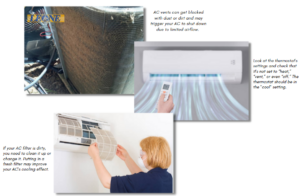
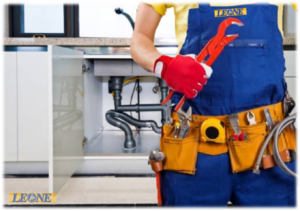 Water damage caused by a failing plumbing system is probably the worst scenario your house may encounter. It’s destructive, time-consuming, and disrupts your household activities. But thanks to social media and the internet! An average person can now do plumbing repairs with step-by-step procedures provided online. However, we can’t avoid repairs that are beyond our basic knowledge and experience. There are complex plumbing works that have to be dealt with by a
Water damage caused by a failing plumbing system is probably the worst scenario your house may encounter. It’s destructive, time-consuming, and disrupts your household activities. But thanks to social media and the internet! An average person can now do plumbing repairs with step-by-step procedures provided online. However, we can’t avoid repairs that are beyond our basic knowledge and experience. There are complex plumbing works that have to be dealt with by a  One way to create a healthy community is by being inclusive to all individuals, especially to people with disabilities (PWD). It’s good to know that there are
One way to create a healthy community is by being inclusive to all individuals, especially to people with disabilities (PWD). It’s good to know that there are 
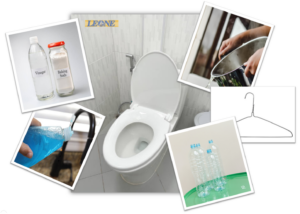 Unexpected situations can happen anytime. It may stress us but also push us to become resourceful in resolving a problem. Take it as an example if you deal with a clogged toilet without a plunger. Dealing with a clogged toilet without any tool on hand can be a nightmare! So how to unclog a toilet without a plunger? In this article, we will discuss other resources you can find at home which you can use to deal with a clogged toilet.
Unexpected situations can happen anytime. It may stress us but also push us to become resourceful in resolving a problem. Take it as an example if you deal with a clogged toilet without a plunger. Dealing with a clogged toilet without any tool on hand can be a nightmare! So how to unclog a toilet without a plunger? In this article, we will discuss other resources you can find at home which you can use to deal with a clogged toilet.
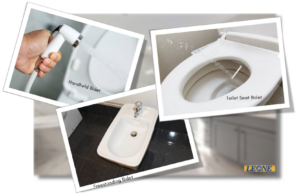 Some homes and business establishments have a bidet in their bathrooms. Bidets are much more common outside of the U.S. Over time, their designs have evolved to suit the needs of every home and business. Regardless of how it has evolved, using a bidet can be strange to anyone and not all people know how to use them properly. In this article, we will get to know more about bidets and how to properly use them.
Some homes and business establishments have a bidet in their bathrooms. Bidets are much more common outside of the U.S. Over time, their designs have evolved to suit the needs of every home and business. Regardless of how it has evolved, using a bidet can be strange to anyone and not all people know how to use them properly. In this article, we will get to know more about bidets and how to properly use them.
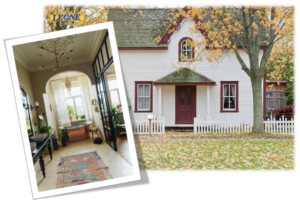 The good old days always bring nostalgic memories. Memories that are worth remembering especially if they happened in an old house. Older homes usually treasure cherished moments with family and friends. That is why for someone who owns an old house, it is very important to maintain each aspect of its structure including the plumbing system.
The good old days always bring nostalgic memories. Memories that are worth remembering especially if they happened in an old house. Older homes usually treasure cherished moments with family and friends. That is why for someone who owns an old house, it is very important to maintain each aspect of its structure including the plumbing system.
